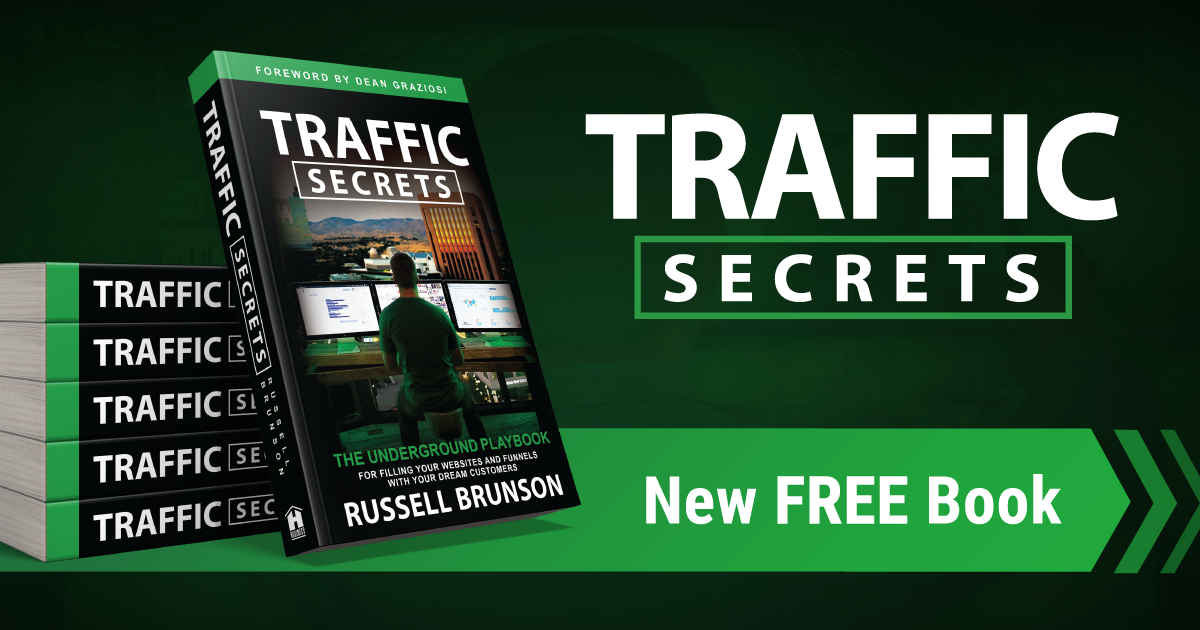The Power of Storytelling in Copywriting: How to Connect with Your Audience
As a copywriter, I have come to realize the power of storytelling in connecting with my audience. Sure, I can write a compelling headline and use persuasive language to try and sell a product, but it’s the stories I tell that really resonate with people.
One of my favorite examples of this is a campaign I worked on for a new line of organic skincare products. Instead of just listing the benefits of the ingredients and how they would improve one’s skin, I told the story of a woman who struggled with eczema her entire life and finally found relief through using these products.
This story not only made the product more relatable to those who also suffer from eczema, but it also created an emotional connection with anyone who has ever felt self-conscious about their skin. By sharing a personal story, I was able to tap into the audience’s emotions and create a sense of empathy and understanding.

Another example is a campaign I worked on for a non-profit organization that provided education and resources for children living in poverty. Instead of just listing statistics and facts about poverty, I told the story of a young girl named Maria who lived in a slum and dreamed of becoming a doctor one day.
This story not only highlighted the struggles that children living in poverty face but also showed the audience the potential and determination that these children have. By sharing Maria’s story, I was able to create a sense of hope and inspiration for the audience and motivate them to get involved and make a difference.
So, how can you use storytelling in your copywriting to connect with your audience?
1. Identify your audience’s pain points
What are the struggles or challenges that your audience faces? By identifying these pain points, you can create a story that speaks directly to their experiences and emotions.
2. Use relatable characters
Whether it’s a customer testimonial or a fictional character, using relatable characters in your story can help your audience see themselves in the story and create a stronger emotional connection.
3. Focus on the transformation
What is the transformation that your product or service provides? Whether it’s a physical transformation like clearer skin or an emotional transformation like feeling more confident, focusing on the end result can help your audience see the value in what you’re offering.
4. Keep it concise
While storytelling can be powerful, it’s important to keep your story concise and to the point. Your audience’s attention span is limited, so make sure your story is engaging and easy to follow.
Overall, storytelling is a powerful tool in copywriting that can help you connect with your audience on a deeper level. By identifying your audience’s pain points, using relatable characters, focusing on the transformation, and keeping it concise, you can create a story that resonates with your audience and motivates them to take action.
